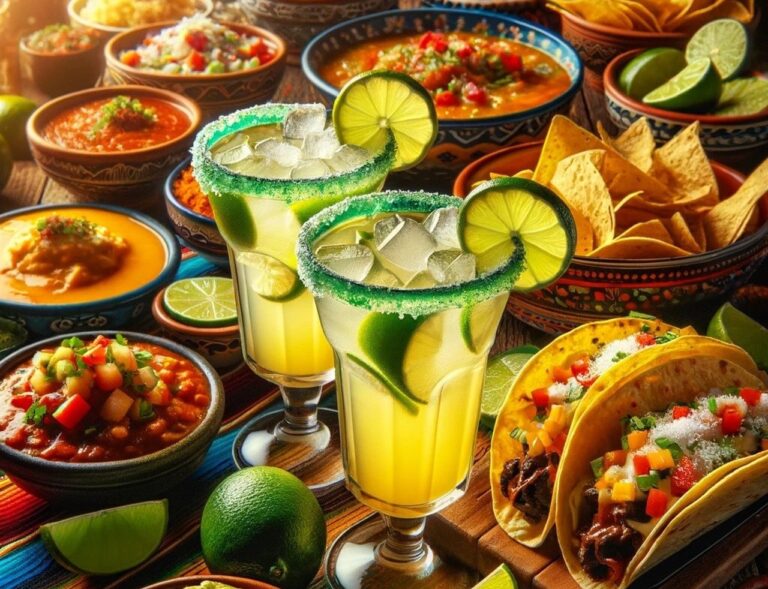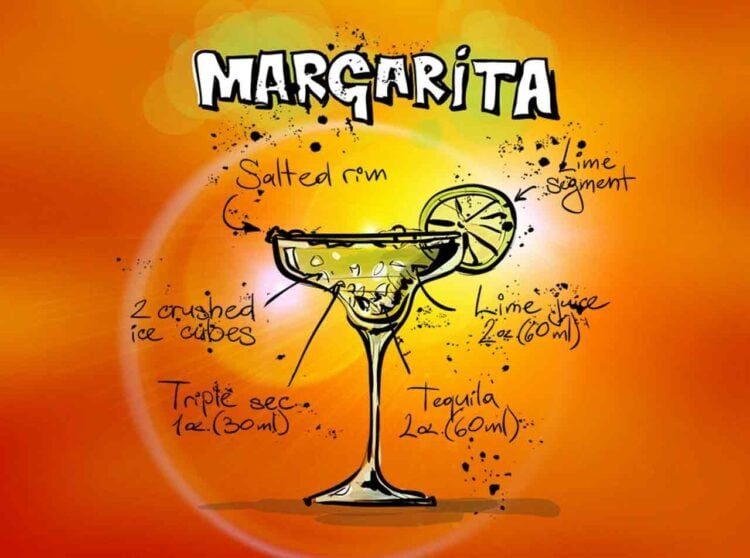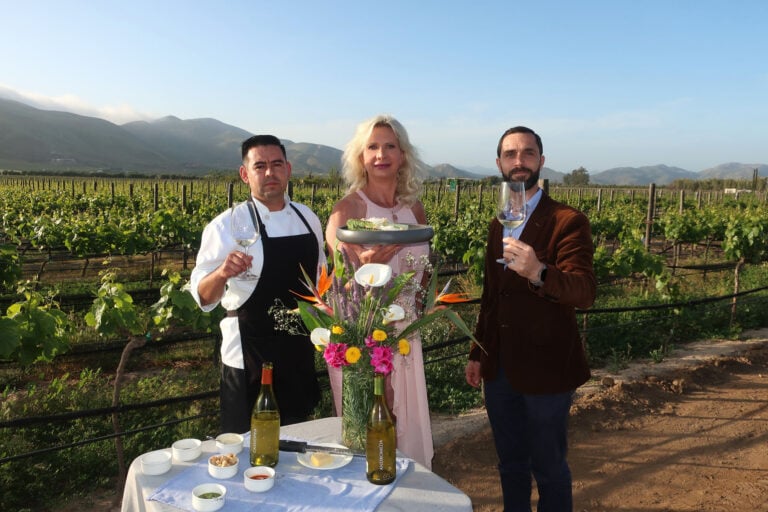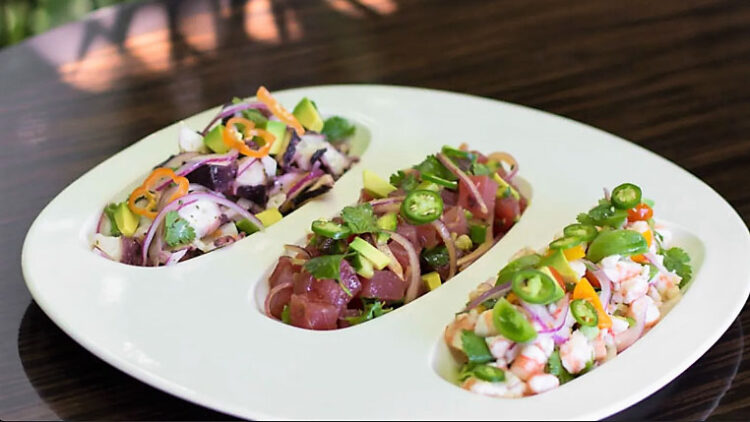Wine of the Week: Bodegas Torres, Sangre de Toro, Tempranillo 2018 | Spain
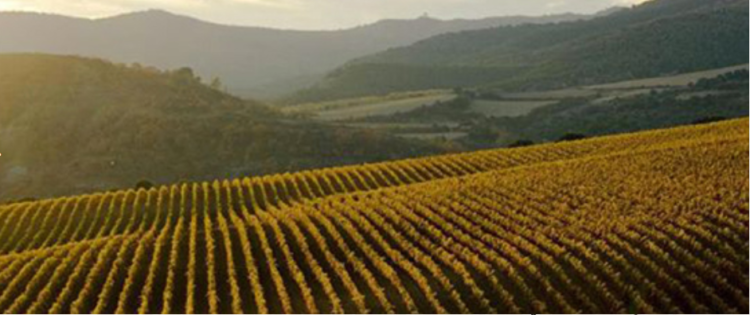
Tempranillo | September 6, 2021
> ABOUT TEMPRANILLO GRAPE VARIETAL
Tempranillo is derived from “temprano,” which means “early.” The grape ripens early and can therefore be one of the first to be harvested. The backbone of the greatest wines of Rioja and Ribera del Duero, Tempranillo is also present in other Spanish regions under 60 synonyms, the most common of which are Tinto del Pais, Tinto Fino, Tinta de Toro, Tinta de Madrid, Cencibel and Ull de Llebre. The most widely planted red varietal on the Iberian Peninsula, it was once less cultivated than Garnacha or Bobal. Today, it is an authorized grape varietal in no less than 28 designations of origin, of which 12 consider it as their main varietal. Its expansion followed that of Spain in international markets. Nowadays, it even pops up in South Africa, Argentina, France, New Zealand and California, while in Portugal it can be found in port wines under the name Tinta Roriz. Even if some associate it with Pinot Noir that the Cistercian monks would have brought with them on a pilgrimage to Santiago de Compostela, it nevertheless comes from the Rioja region where it covers 75% of the appellation.
Tempranillo grapes have a thick skin and produce dark colored, elegant wines with low acidity and sufficient tannins. Because they are resistant to oxidation, Tempranillo wine can be kept longer. The wines are fruity, but not overly aromatic. The taste is specific to the grape and sometimes difficult to define precisely: reminiscent of cherries, blackcurrants, strawberries, plums and a hint of spice. Tempranillo is often combined with other, juicier and more aromatic grape varietals. In Rioja these are the Garnacha, Mazuelo (Carinena), Graciano and the white grape Viura (Macabeo). Tempranillo added to Monastrell gives the wine more color and body, as in Jumilla and the Penedès. In Valdepeňas, Tempranillo (Cencibel) is dominant and white varietals are often added to make wines smoother. The Tempranillo is extremely suitable for the somewhat cooler climate of Ribera del Duero but also in the often hot Toro region.
> ABOUT THE WINERY
The origins of the Torres family in the Catalan Penedès region – near Barcelona – date back to the 17th century. Historically, the family has vineyards in the Catalan appellations of origin Penedès, Conca de Barberà, Priorat and Costers del Segre. Miguel Torres, fourth generation, pioneered in planting Cabernet Sauvignon in Spain creating ‘Mas la Plana’ in 1970. Today, the fifth generation is focusing on recovering ancestral Catalan varietals. The Torres family is present in other Spanish iconic regions with singular wines and vineyards. Internationally, Torres was the first foreign family to invest in Chile back in 1979 and today Torres leads the recovery of ancient varietals like País and Carignan. Familia Torres is a member of Primum Familiae Vini, an association of 12 wine families who are among the most prestigious wine producers of their regions. Truly a success story, suffice it to say that Torres has repeatedly been voted as “World’s Most Admired Wine Brand” by industry professionals.
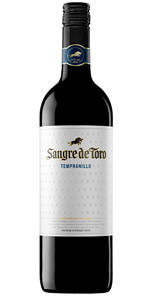
Origin: Catalonia, Spain
Varietals: Tempranillo
Sustainability: sustainable practices
Suggested Retail Price: $12
ABV: 14.5%
The wine has a purple, red color. The nose offers aromas of plum and candied cherry with a hint of vanilla and eucalyptus. On the palate, the wine displays loads of dark cherry fruit with a touch of fine oak, ending with balance and good acidity.
Suggested food pairings: charcuterie, tapas, grilled vegetables, pasta with meat sauce, grilled chicken and pork, grilled sausages, cheeses.
> For more information, visit the Familia Torres official website

